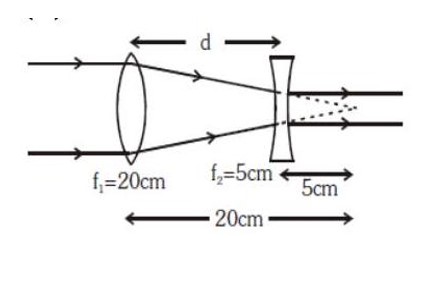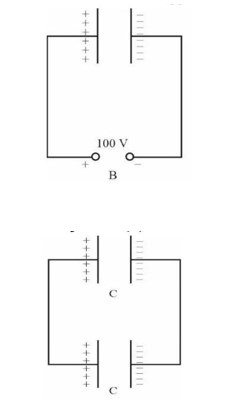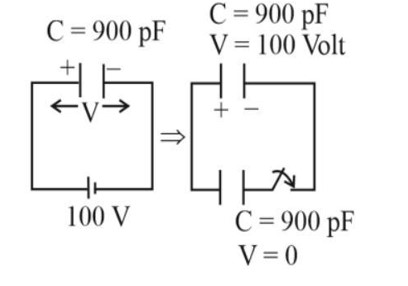Physics Ray Optics and Optical Instruments
Get insights from 142 questions on Physics Ray Optics and Optical Instruments, answered by students, alumni, and experts. You may also ask and answer any question you like about Physics Ray Optics and Optical Instruments
Follow Ask QuestionQuestions
Discussions
Active Users
Followers
New answer posted
3 months agoContributor-Level 10
Optical instruments can have some of the following defects that may impact their performance, which have arisen due to design limitations, manufacturing and physical properties of light:
- Chromatic Aberration: This defect occurs because of the different wavelengths of light that refract at slightly different angles when they pass through the lens. It causes them to focus on different points.
- Spherical Aberration: This happens because light rays pass through the edges of spherical lens or reflect off spherical mirror focus at different point than rays that pass through the center.
- Astigmatism: This type of defect occurs due to the uneven cu
New answer posted
3 months agoContributor-Level 10
Yes, optical instruments are used in modern medicine for many purposes including surgery, monitoring, research and diagnosis. Let us take a look at each one by one:
- Many optical instruments are used for visualizing internal structures for diagnosis of a disease and its monitoring. These include Ophthalmoscope, Endoscope, Colposcope and Dermatoscope.
- Optical instruments are also used for precision and minimally invasive surgeries, including Laparoscope, Arthroscope and Surgical Microscopes.
- Lasers are used for cutting, therapy and coagulation since they have precision and minimal invasiveness. CO? Laser, Excimer Laser and Fiber Optic
New answer posted
3 months agoContributor-Level 9
Because angle of incidence is Brewster's angle so that angle between reflected and refracted ray is
New answer posted
3 months agoContributor-Level 10
You can identify whether a medium has higher or lower refractive index through the three ways. The first step is to observe the direction of bending. In this case, if the light is bending towards the normal, the second medium has higher refractive index. If the light bends away from normal, first medium has higher index of refraction.
In the second method, you can use Snell's law. If the second angle is smaller than the first one, second medium has higher refractive index. In case the first angle is smaller than second one, first medium has higher index of refraction. The third method is critical angle method where, if the light u
New answer posted
3 months agoContributor-Level 10
When these two media are compared, then, it is evident that rarer medium has lower refracted index as compared to denser medium. Denser media like glass and water have higher refractive index whereas rarer medium like air and vacuum have lower refractive index. Due to this, the light will bend towards the normal when it travels from rarer to denser medium. On the other hand, light will bend away from normal when it travels from denser to a rarer medium.
Taking an Exam? Selecting a College?
Get authentic answers from experts, students and alumni that you won't find anywhere else
Sign Up on ShikshaOn Shiksha, get access to
- 66k Colleges
- 1.2k Exams
- 680k Reviews
- 1800k Answers



